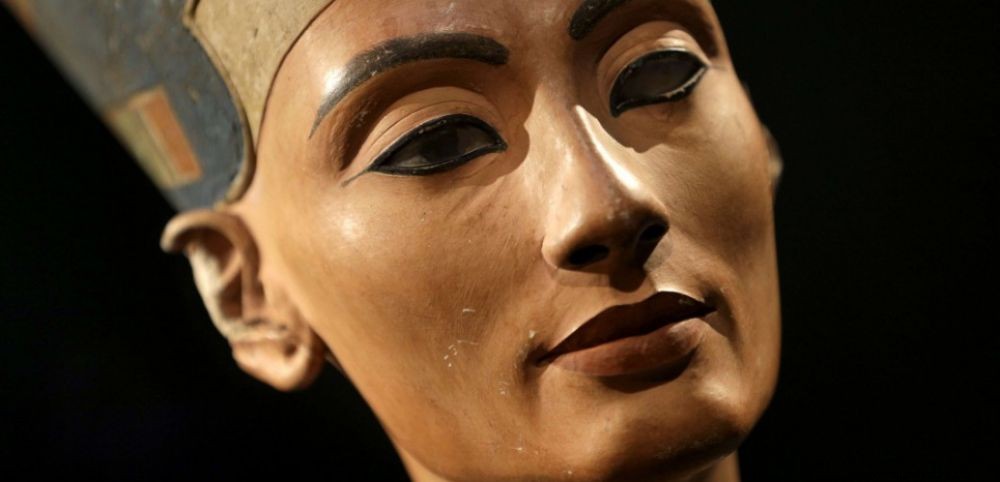 The bust of Nefertiti, at the Neues Museum in Berlin.
The bust of Nefertiti, at the Neues Museum in Berlin. SUSPENSE. Even if he has not yet set foot on Egyptian soil, the British archaeologist Nicholas Reeves is eagerly awaited there... Not a daily newspaper which does not announce these days the imminent arrival in Cairo, the September 28, 2015, from the man who claimed to be able to prove the presence of secret and still unknown rooms contiguous to the famous tomb of Tutankhamun, in the Valley of the Kings, in Luxor. In a study published this year, the researcher explained that he had detected the existence of "two doors" hidden under the painted decorations of the burial chamber, one leading to a storage room, the other to "an inviolate burial chamber" which, according to him, could well be that of Nefertiti, the famous queen of Egypt.
Speculations that have convinced the highest Egyptian authorities, since upon his arrival, Nicholas Reeves, currently at the American University of Arizona (United States), should meet Mamduh al-Damati, the Egyptian Minister of Antiquities to go to his company at the place of all hope:the tomb of Tutankhamun (KV62), the child king, who died at the age of 19 in 1324 BC. Is the tomb of Nefertiti, wife of Pharaoh Akhenaten really hidden behind these walls?
No radar checks at first in Tutankhamun's tomb
To verify this theory, the Egyptian authorities agreed to radar checks being carried out inside the tomb. "However, they won't happen on this first visit “, confided Nicholas Reeves to Sciences et Avenir. They will undoubtedly take place during the month of October, after having obtained, for security reasons, the necessary clearances for their use in the tomb, explained Mouchira Moussa, the spokesman for the Ministry of Antiquities. This second examination is scheduled after the arrival of special equipment from Japan. "Preliminary results "should nevertheless be presented at a conference scheduled for 1 st October in Cairo. A curious coincidence, on September 20, the closure of the tomb of Tutankhamun to the public for restoration work was announced... The repair of the floor of the famous tomb would have to be done.
